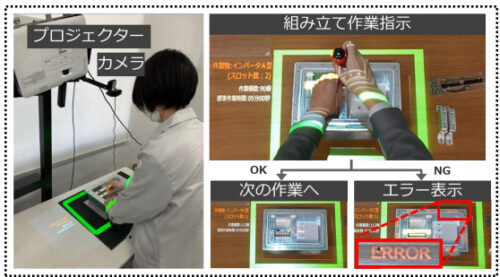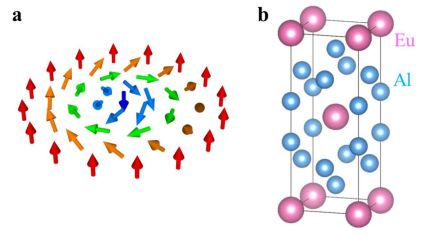予測可能なバイオインスパイアード研究が、調整可能なナノスケールデバイスへのマイルストーンとなる Predictive bioinspired research is a milestone toward tunable nanoscale devices
2022-03-30 パシフィック・ノースウエスト国立研究所(PNNL)
・この研究は、金属ナノ粒子の形状を理解・制御し、特性を調整できる先端材料の創製に向けた重要な一歩となります。
<関連情報>
- https://www.pnnl.gov/news-media/nano-sized-gold-stars-open-window-predictive-materials-synthesis
- https://onlinelibrary.wiley.com/doi/10.1002/anie.202201980
ペプトイドによる粒子吸着とファセット安定化を利用した5倍双晶Auナノスターの形成 Peptoid-Directed Formation of Five-Fold Twinned Au Nanostars through Particle Attachment and Facet Stabilization
Dr. Biao Jin,Dr. Feng Yan,Dr. Xin Qi,Dr. Bin Cai,Dr. Jinhui Tao,Dr. Xiaofeng Fu,Dr. Susheng Tan,Dr. Peijun Zhang,Dr. Jim Pfaendtner,Nada Y. Naser,Dr. François Baneyx,Dr. Xin Zhang,Dr. James J. DeYoreo,Dr. Chun-Long Chen
AngewandteChemie First published: 15 February 2022 https://doi.org/10.1002/anie.202201980
Abstract
While bio-inspired synthesis offers great potential for controlling nucleation and growth of inorganic particles, precisely tuning biomolecule–particle interactions is a long-standing challenge. Herein, we used variations in peptoid sequence to manipulate peptoid–Au interactions, leading to the synthesis of concave five-fold twinned, five-pointed Au nanostars via a process of repeated particle attachment and facet stabilization. Ex situ and liquid-phase TEM observations show that a balance between particle attachment biased to occur near the star points, preferential growth along the [100] direction, and stabilization of (111) facets is critical to forming star-shaped particles. Molecular simulations predict that interaction strengths between peptoids and distinct Au facets differ significantly and thus can alter attachment kinetics and surface energies to form the stars. This work provides new insights into how sequence-defined ligands affect particle growth to regulate crystal morphology.




